- Have any questions?
- +86-189 8930 5995
- sales@mosinterchem.com.cn
Sodium Silicate CAS 1344-09-8

Diethylene Glycol Monoethyl Ether CAS 111-90-0
24/12/2018
1,3-Dimercaptopropane CAS 109-80-8
24/12/2018| Model: | MOS1344-09-8 |
| Brand Name: | MOSINTER |
| CAS No.: | 1344-09-8 |
| Molecular Formula: | Na2O3Si |
| Molecular weight: | 122.06 |
| Melting Point: | 1410 °C(lit.) |
| Boiling point: | 2355 °C(lit.) |
| Density: | 2.33 g/mL at 25 °C(lit.) |
| Solubility: | H2O: soluble |
| Form: | powder |
| Storage condition: | Stable. Incompatible with acids, most metals, many organic materials. |
| Alias: | Sodium silicate solution |
Sodium Silicate (CAS: 1344-09-8)
| Item | Index |
| Molecular Formula | Na2SiO3 |
| Modulus | 2.00±0.10 |
| Sodium oxide
(Na2O), w/% |
25.0~28.0 |
| Silicon dioxide
(SiO2), w/% |
48.0~54.0 |
| Dissolution velocity, s ≤ | 90 |
| Bulk density, (g/ml) | 0.35~0.80 |
| Residue on sieve
(150μm sieve), w /% ≤ |
5 |
| Whiteness(W), ≥ | 85 |
Uses
In 1990, 4M tons of alkali metal silicates were produced. The main applications were in detergents, paper, water treatment, and construction materials.
Drilling fluids
Sodium silicate is frequently used in drilling fluids to stabilize borehole wells and to avoid the collapse of bore walls. It is particularly useful when drill holes pass throughargillaceous formations containing swelling clay minerals such as smectite or montmorillonite.
Concrete and general masonry treatment
Concrete treated with a sodium silicate solution helps to significantly reduce porosity in most masonry products such as concrete, stucco, plasters. A chemical reaction occurs with the excess Ca(OH)2 (portlandite) present in the concrete that permanently binds the silicates with the surface making them far more durable and water repellent. It is generally advised to apply this treatment only after the initial cure has taken place (7 days or so depending on conditions). These coatings are known as silicate mineral paint.
Detergent auxiliaries
It is used in detergent auxiliaries like complex sodium disilicate and modified sodium disilicate. The detergent granules gain their ruggedness from a coating of silicates.
Water treatment
Water glass is used as coagulant/flocculant agent in waste water treatment plants. Waterglass binds to colloidal molecules, creating larger aggregates that sink to the bottom of the water column. The microscopic negatively charged particles suspended in water interact with sodium silicate. Their electrical double layer collapses due to the increase of ionic strength caused by the addition of sodium silicate (doubly negatively charged anion accompanied by two sodium cations) and they subsequently aggregate. This process is called coagulation/flocculation.
Refractory use
Water glass is a useful binder of solids, such as vermiculite and perlite. When blended with the aforementioned lightweight aggregates, water glass can be used to make hard, high-temperature insulation boards used for refractories, passive fire protection and high temperature insulations, such as moulded pipe insulation applications. When mixed with finely divided mineral powders, such as vermiculite dust (which is common scrap from the exfoliation process), one can produce high temperature adhesives. The intumescence disappears in the presence of finely divided mineral dust, whereby the waterglass becomes a mere matrix. Waterglass is inexpensive and abundantly available, which makes its use popular in many refractory applications.
Dye auxiliary
Sodium silicate solution is used as a fixative for hand dyeing with reactive dyes that require a high pH in order to react with the textile fiber. After the dye is applied to a cellulose-based fabric, such as cotton or rayon, or onto silk, it is allowed to dry, after which the sodium silicate is painted on to the dyed fabric, covered with plastic to retain moisture, and left to react for an hour at room temperature.
Niche and hobby uses
Food preservation
World War I poster suggesting the use of waterglass to preserve eggs (lower right).
Sodium silicate was also used as an egg preservation agent through the early 20th century with large success. When fresh eggs are immersed in it, bacteria which cause the eggs to spoil are kept out and water is kept in. Eggs can be kept fresh using this method for up to five months. When boiling eggs preserved this way, it is well advised to pin-prick the egg to allow steam to escape because the shell is no longer porous.
Metal repair
Sodium silicate is used, along with magnesium silicate, in muffler repair and fitting paste. When dissolved in water, both sodium silicate and magnesium silicate form a thick paste that is easy to apply. When the exhaust system of an internal combustion engine heats up to its operating temperature, the heat drives out all of the excess water from the paste. The silicate compounds that are left over have glass-like properties, making a temporary, brittle repair.
Homebrewing
Sodium silicate flocculant properties are also used to clarify wine and beer by precipitating colloidal particles. But as a clearing agent sodium silicate (water glass) is sometimes confused with isinglass which is prepared from collagen extracted from the dried swim bladders of sturgeon and other fishes. Eggs preserved in a bucket of waterglass gel, and their shells, are sometimes also used (baked and crushed) to clear wine.
Aquaculture
Sodium silicate gel is also used as a substrate for algal growth in aquaculture hatcheries.
Safe construction
A mixture of sodium silicate and sawdust has been used in between the double skin of certain safes. This not only makes them more fire resistant, but also makes cutting them open with an oxyacetylene torch extremely difficult due to the smoke emitted.
You must be logged in to post a review.

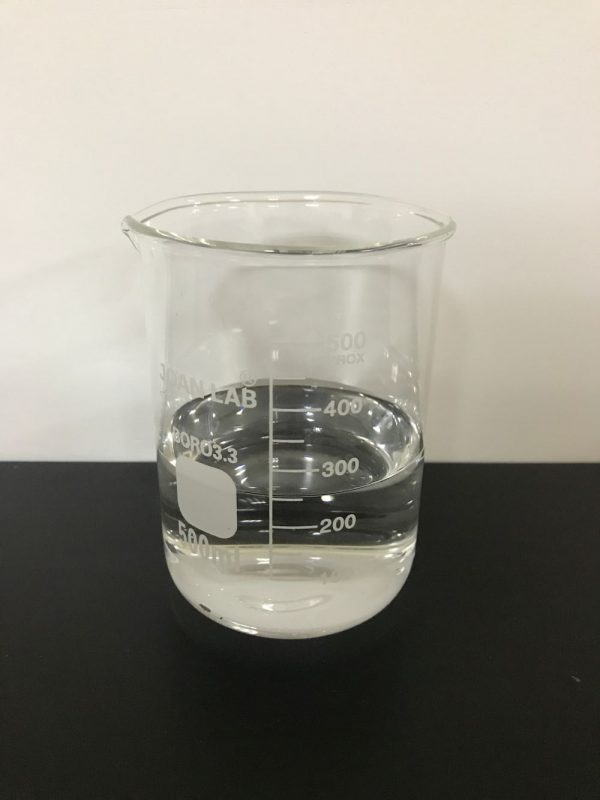
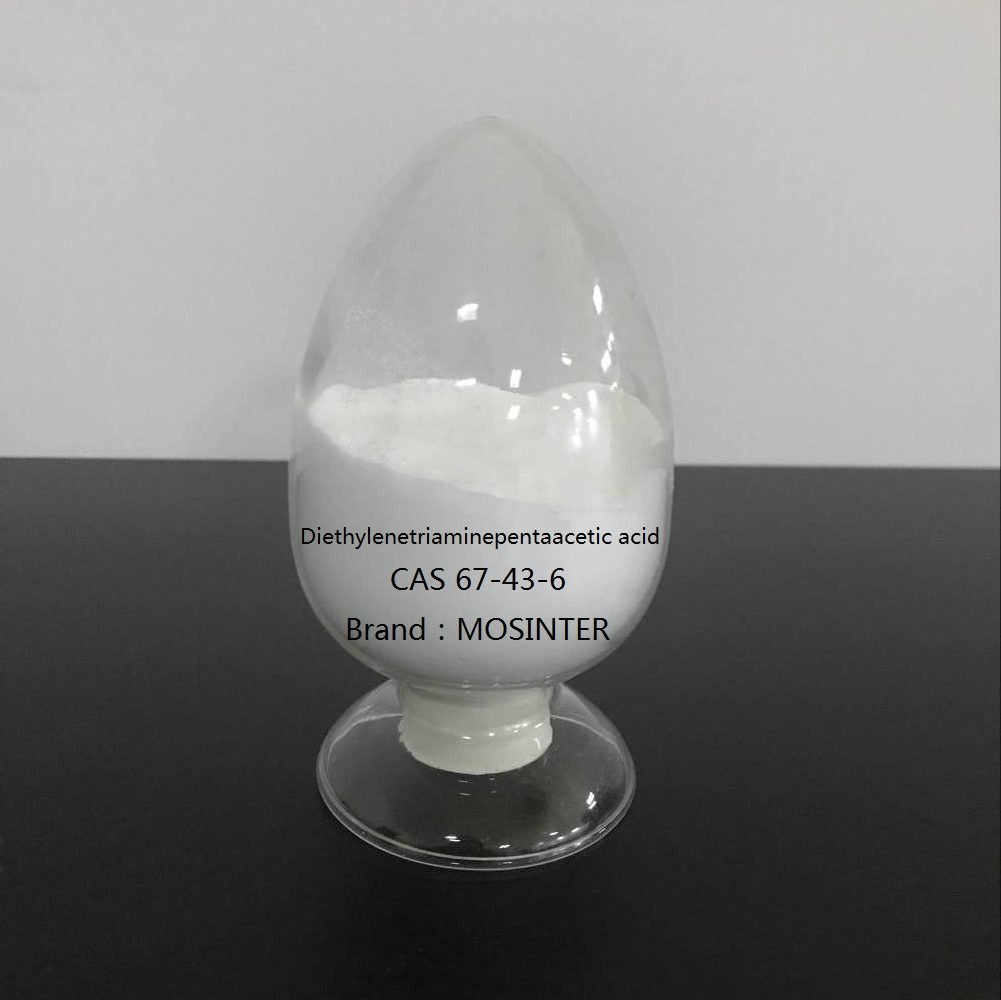
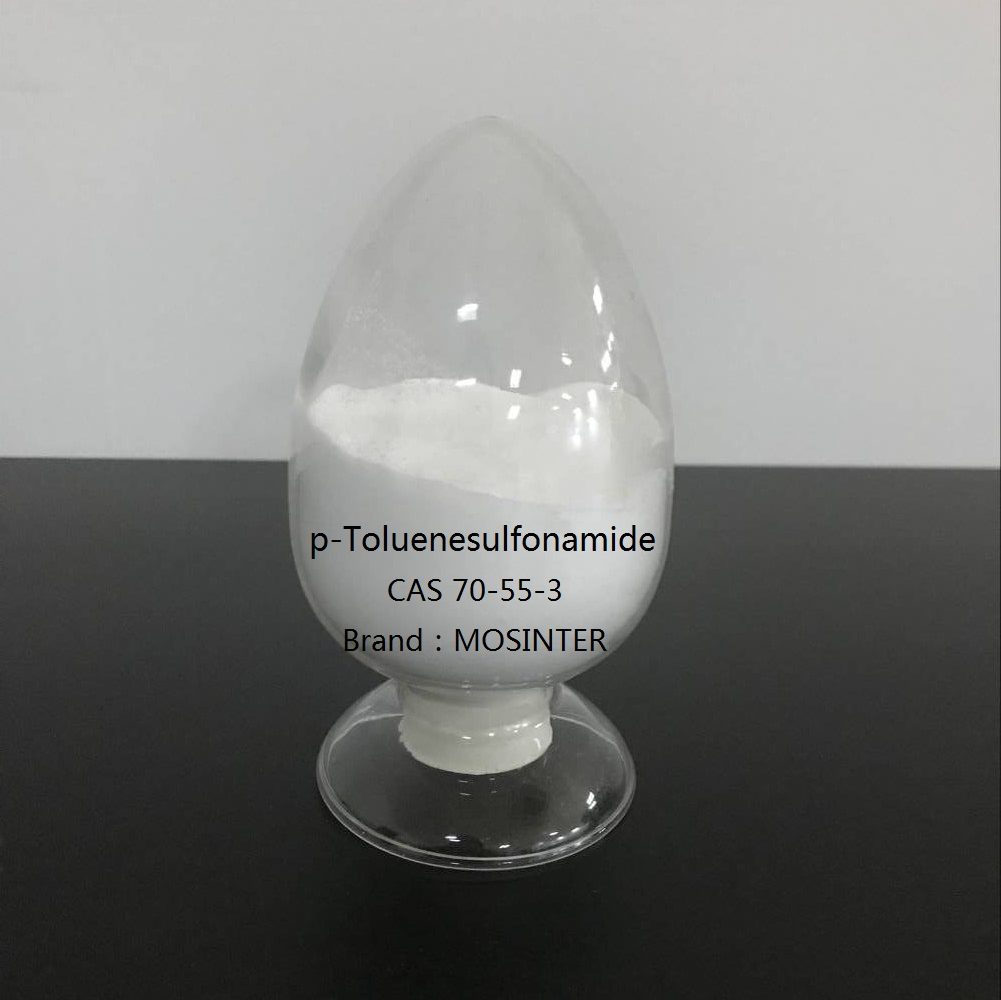
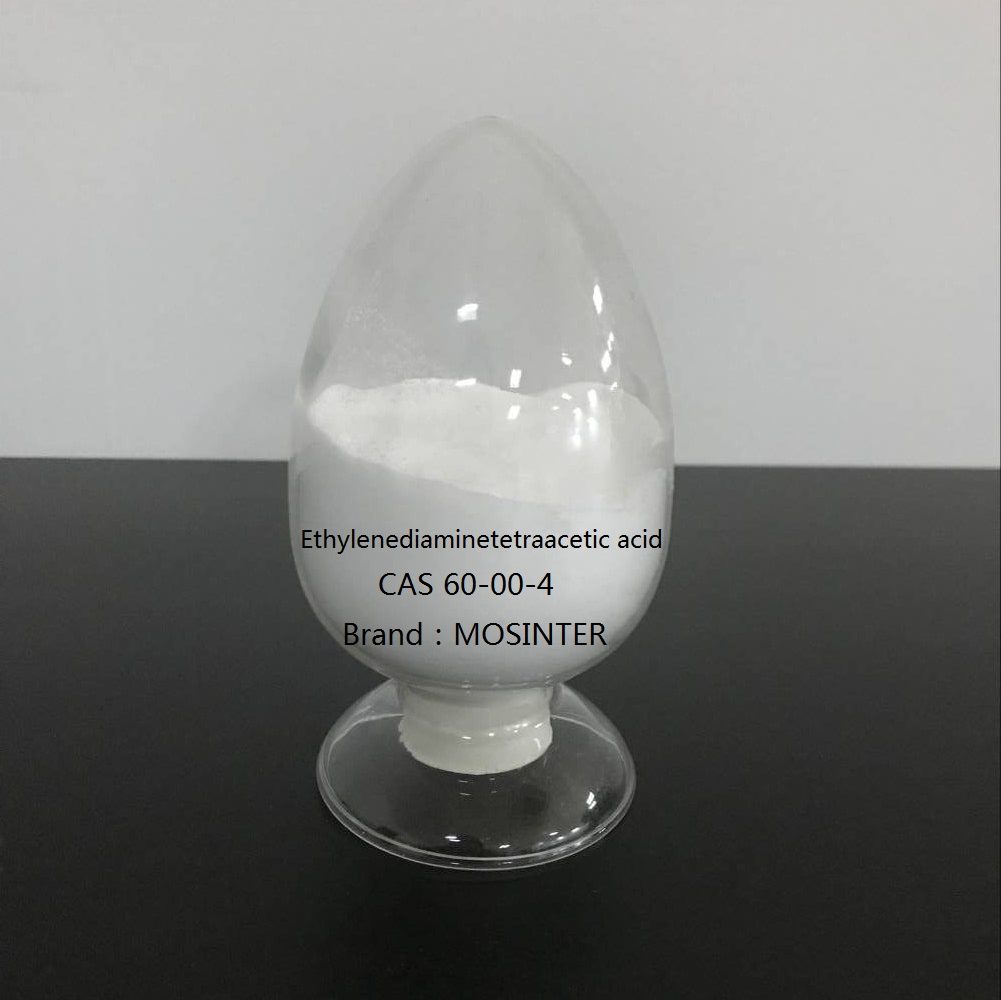
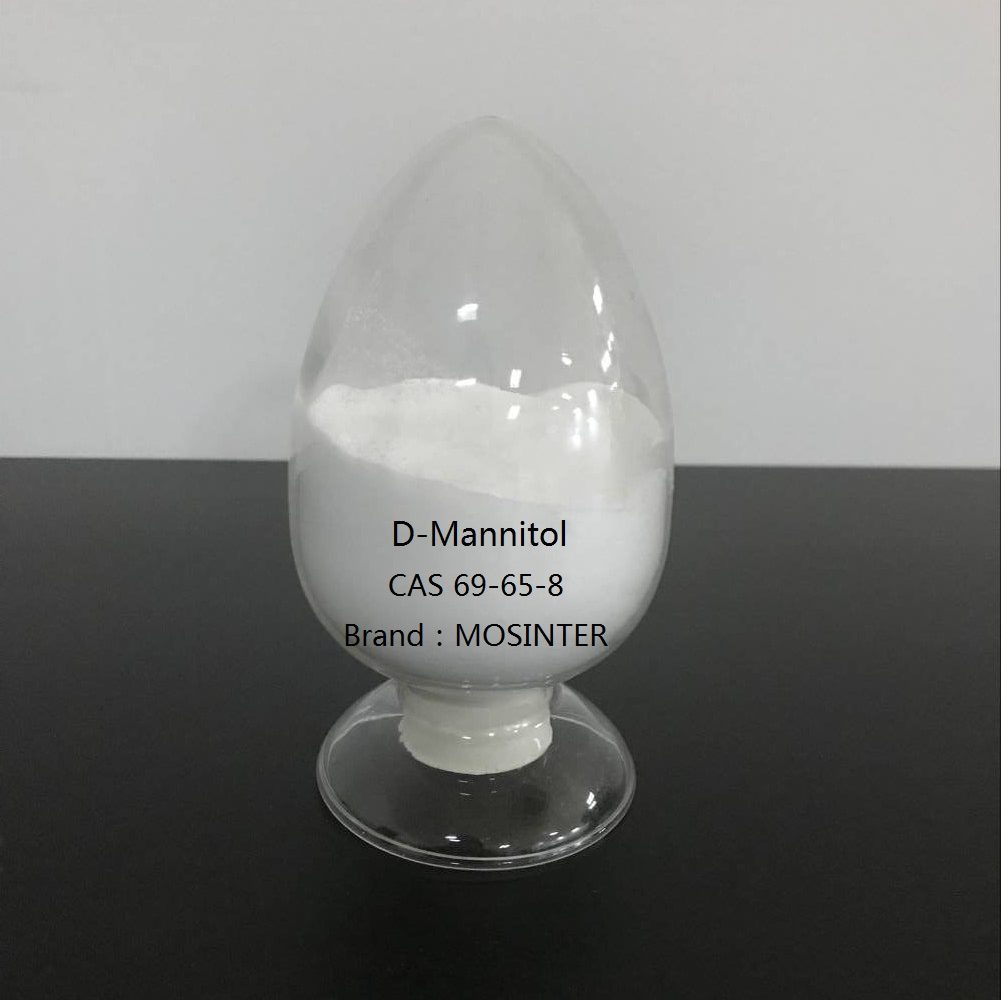
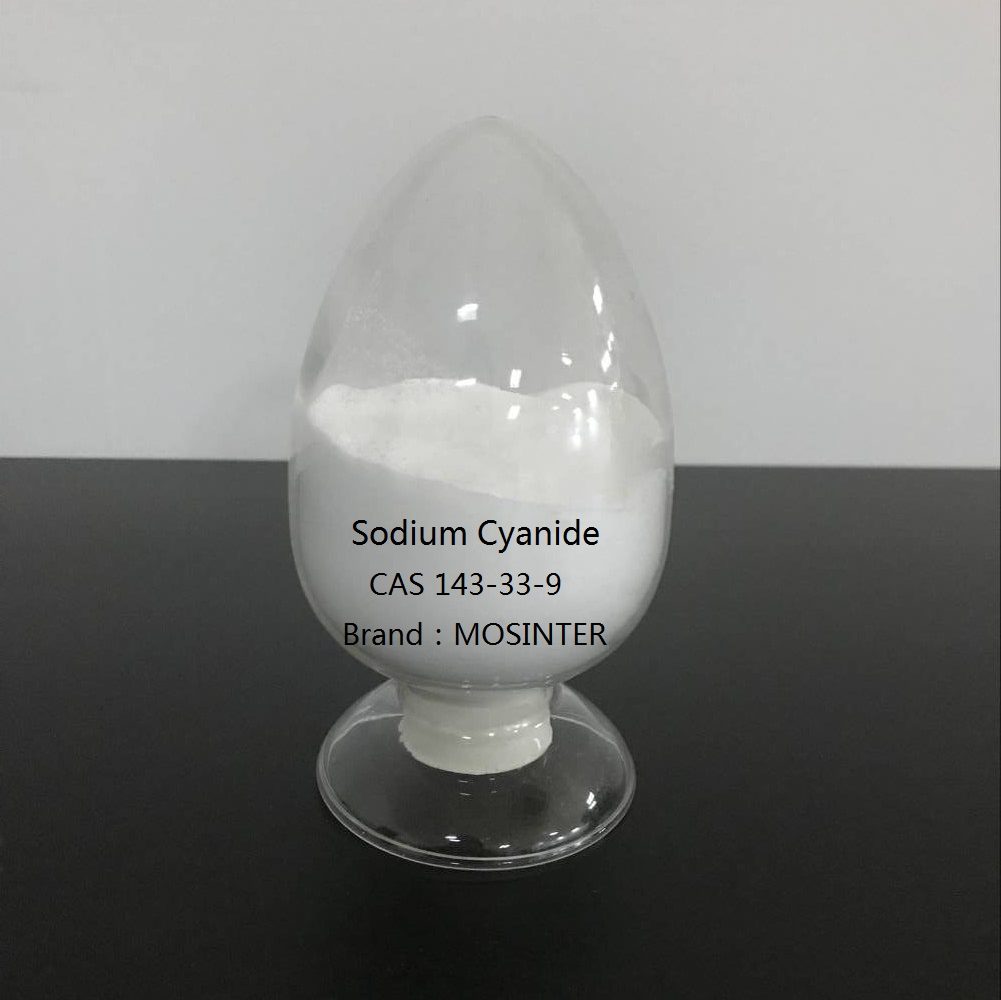
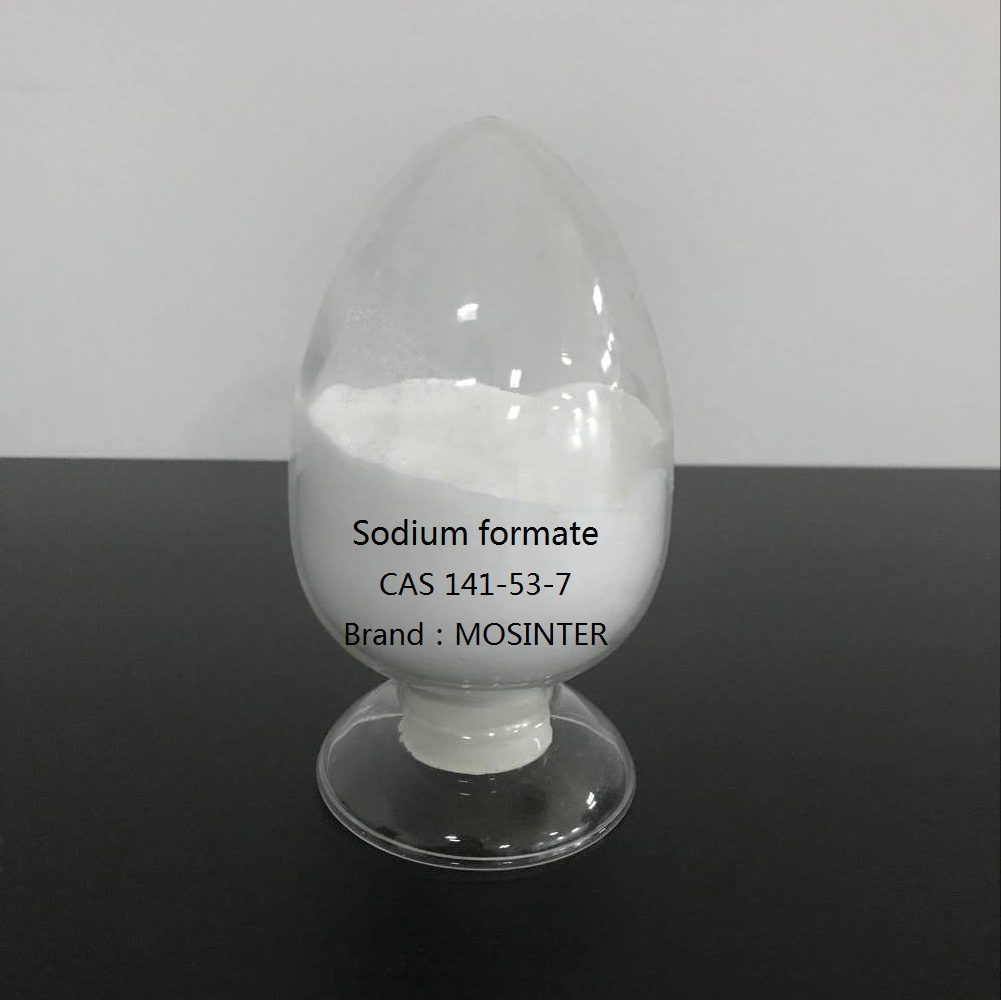
Reviews
There are no reviews yet.